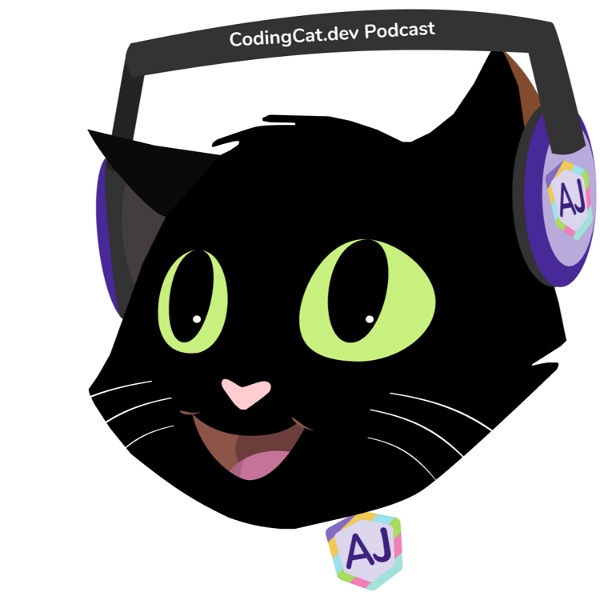Simplyfing SvelteKit View Transitions with Paolo Ricciuti

GitHub Repo: https://github.com/CodingCatDev/svelte-view-transitions-pokemon
SvelteKit View Transitions: A Guide to Enhancing User Experience
SvelteKit View transitions are a powerful tool that can be used to improve the user experience of your SvelteKit applications. They can make your app feel more polished and professional, and they can also help to guide users through your app's content.
This blog post will discuss what view transitions are, how they can be used, and how to set up and use the sveltekit-view-transition library.
What are view transitions?
View transitions are animations that occur when a user navigates between different views in your app. They can be simple fades or more complex animations that involve multiple elements.
Why use view transitions?
There are several reasons why you might want to use view transitions in your SvelteKit app:
- Improve the user experience: View transitions can make your app feel more polished and professional. They can also help to guide users through your app's content by making it clear when a new view is loading.
- Reduce perceived load times: By using view transitions, you can mask the loading time of new views, making your app feel faster and more responsive.
- Create a more engaging experience: View transitions can add a touch of personality to your app and make it more engaging for users.
How to use view transitions in SvelteKit
There are two main ways to use view transitions in SvelteKit:
- Using the sveltekit-view-transition library: The sveltekit-view-transition library is a popular library that makes it easy to add view transitions to your SvelteKit app. The library provides a number of pre-built transitions, and you can also create your own custom transitions.
- Using Svelte's built-in transition API: Svelte also has a built-in transition API that you can use to create view transitions. The transition API is more flexible than the sveltekit-view-transition library, but it also requires more code.
Setting up the sveltekit-view-transition library
To set up the sveltekit-view-transition library, you can add the following to your package.json file:
"dependencies": {
"sveltekit-view-transition": "^1.0.0"
}
Once you have installed the library, you can import it into your app.js file:
import ViewTransition from 'sveltekit-view-transition';
export default {
extensions: [ViewTransition]
};
Using view transitions in your components
You can use view transitions in your Svelte components by using the <ViewTransition> component. The <ViewTransition> component takes a number of props, including:
mode: The type of transition to use. The sveltekit-view-transition library provides a number of pre-built transitions, such asfade,slide, andzoom.duration: The duration of the transition in milliseconds.easing: The easing function to use for the transition.
Here is an example of how to use the <ViewTransition> component:
<ViewTransition mode="fade" duration="{300}">
<MyComponent />
</ViewTransition>
This code will fade in the MyComponent component when it is mounted.
Conclusion
View transitions can be a powerful tool for improving the user experience of your SvelteKit applications. By using view transitions, you can make your app feel more polished, professional, and engaging.
I hope this blog post has given you a good introduction to view transitions in SvelteKit. If you have any questions, please feel free to leave a comment below.



